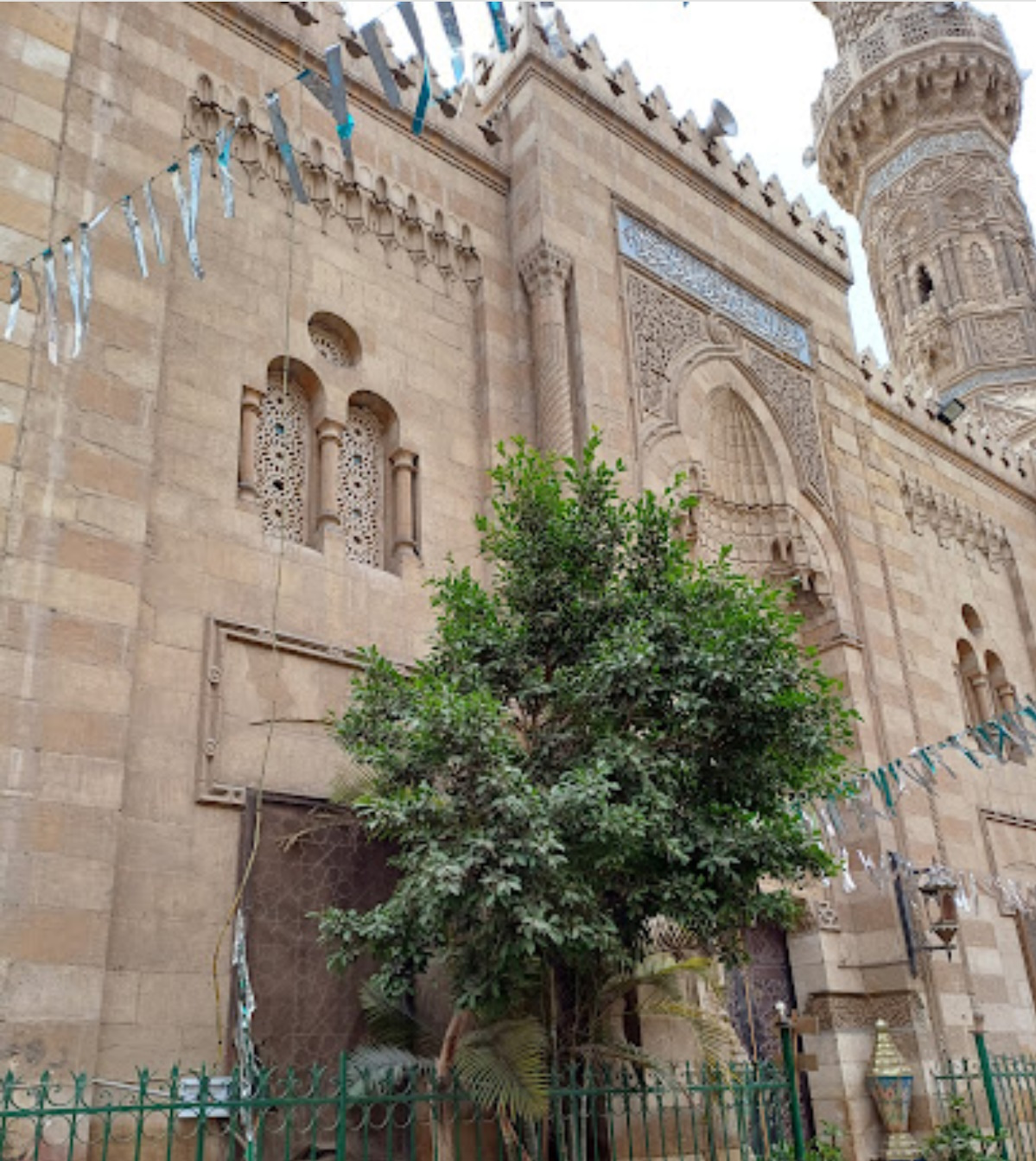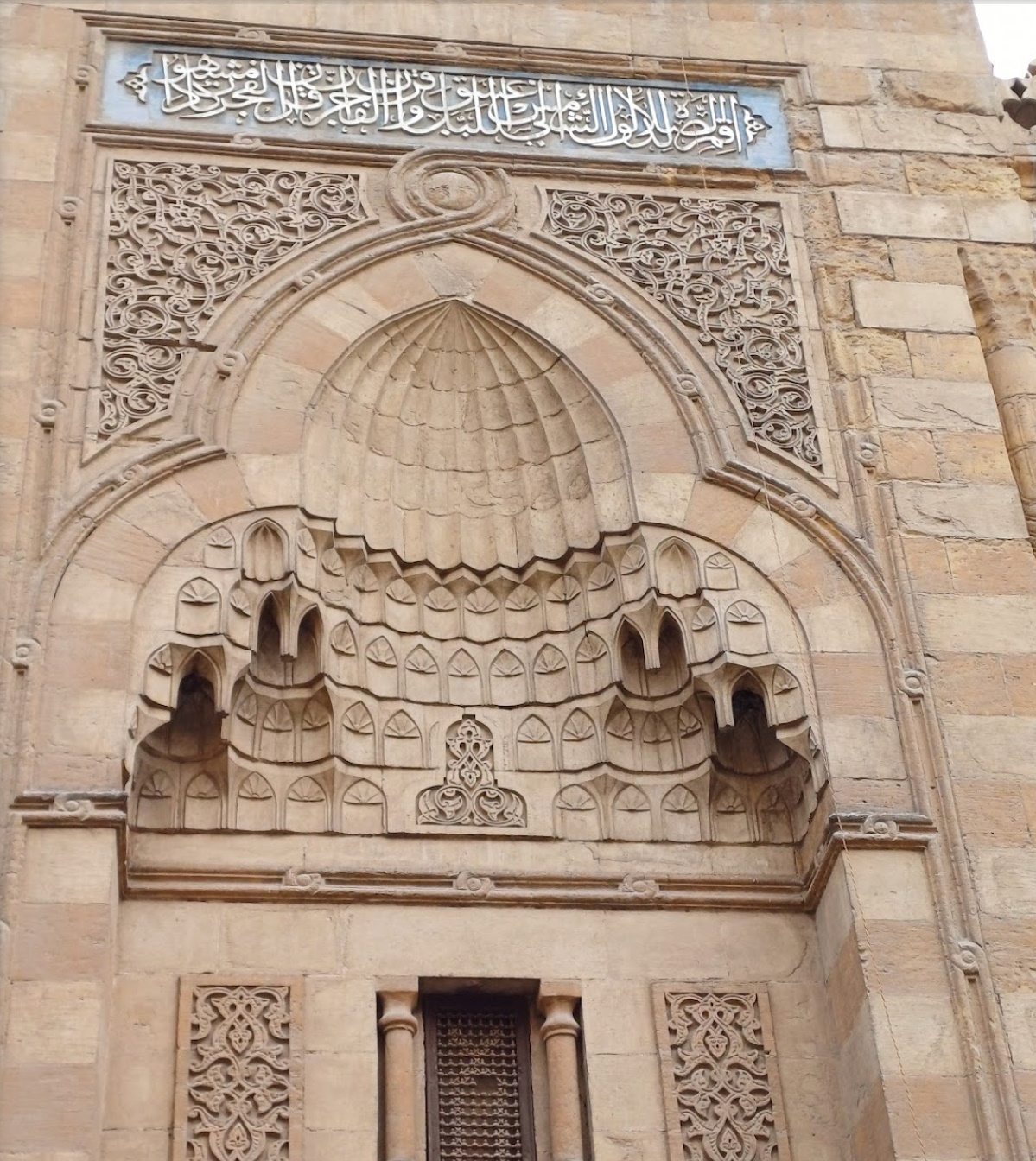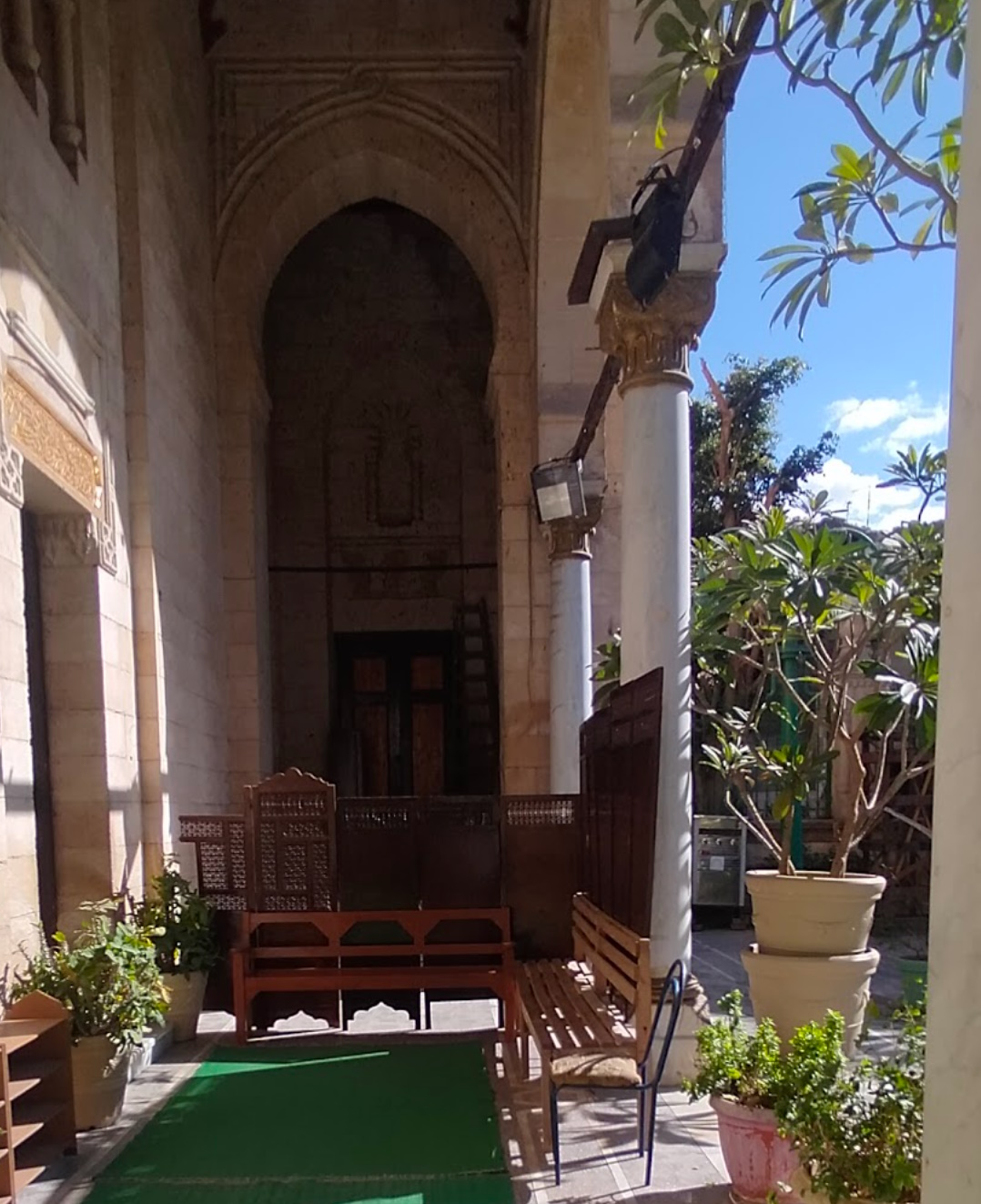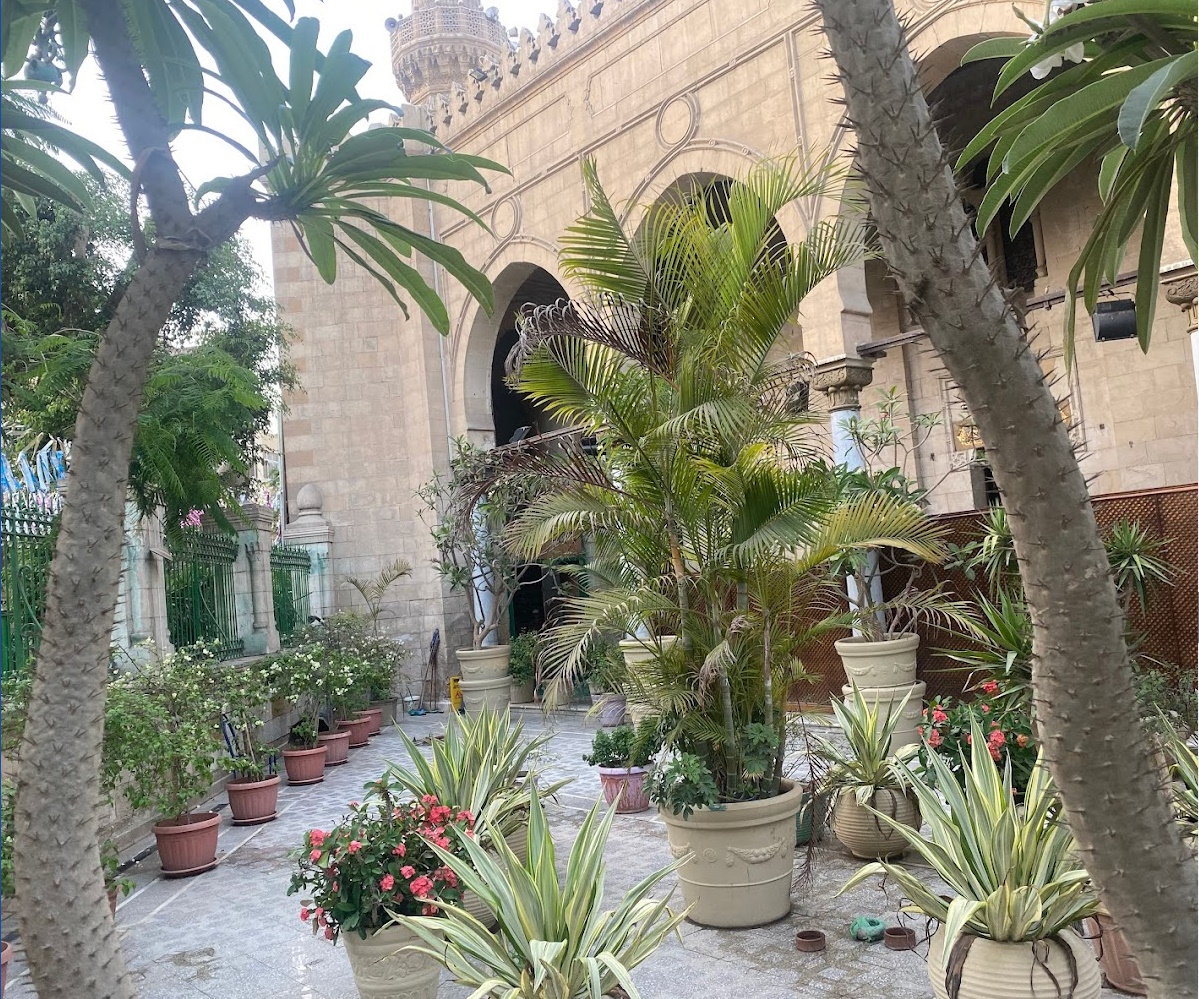Bio: Sayyida Sakina bint Al-Husayn | السيدة سكينة بنت الحسين
Sayyida Sakina bint Al-Husayn
السيدة سكينة بنت الحسينb. 47? H. in Madina – d.117 H. in Madina
radiya Allah 'anha
﷽
English
Extracted from mazaratmisr.org
She is Amina the daughter of al-Husayn, the son of Ali, the son of Abu Taleb (may Allah be pleased with them all). Her mother is Rabab Bint Umri’ al-Qays, the son of Adiyy, the son of Aws, the master of Banu Kalb.
She was born in 47 AH and was named after her grandmother, the Prophet’sﷺ mother. Her mother, Rabab, nicknamed her Sakina because she was a source of peace and comfort to all her family members due to her merriness and liveliness. It was said that her father, Imam Husayn said about her,
By my life, I love the house wherein Sakina and Rabab live
I love her and for her would all my fortune sacrifice, without blame.
Lady Sakina accompanied her paternal aunt, Lady Zaynab, to Egypt.
Marriages
The majority of the narrators and historians unanimously agree that Lady Sakina married three times: first to Mus’ab ibn al-Zubayr, followed by Abdullah ibn Uthman ibn Abdullah, and then Zayd ibn Amr ibn Uthman ibn Affan.
Salons of poetry
In the first century after the Prophet’s emigration, the women of al-Medina al-Munawarra hosted salons and the first to institute them was Lady Sakina. Later, the women of Quraysh emulated the practice.
Lady Sakina’s salons were distinguished with refined literature, profound knowledge, and fine poetry. Many were the poets stood at her door seeking her permission to recite their poetry to her. These included al-Farazdak, Jarir, Jamil, and Katheer who, during the pilgrimage season, agreed together to attend Lady Sakina’s salon so she would judge who the best poet from among them was. Each recited his poem to her from behind a screen.
Extracted from wiki
Sakina died in Medina on 5 Rabi’ al-Awwal 117 AH (735 CE) at the age of sixty-eight and during the reign of the Umayyad caliph Hisham ibn Abd al-Malik according to Ibn Asakir and the Sunni historian al-Baladhuri. This is also reported by the Sunni biographer Ibn Sa’d and by the Sunni traditionist al-Nawawi. Other given dates in the early sources are 92 AH and 94 AH. Yet there are also reports that she died in Kufa, Mecca, Damascus, or Egypt. Sakina was buried in al-Baqi cemetery, but there is also a shrine attributed to her in Cairo, Egypt. There is yet another tomb in the Bab al-Saghir cemetery in Damascus and another one existed in Tiberias, Palestine. Both are falsely attributed to Sakina, according to the historian Yaqut al-Hamawi, who considers Medina to be her resting place.
عربي
توفيت سكينة بمكة يوم الخميس لخمس خلون من ربيع الأول سنة ست وعشرين ومائة وصلى عليها شيبة بن النطاح المقرئ، وقال ابن خلكان: توفيت سنة سبع عشرة ومائة وكانت وفاتها بالمدينة. وقال عبد الرحمن الأجهوري في كتابه (مشارق الأنوار): والأكثرون على أن سكينة بنت الحسين ماتت بالمدينة. بينما ذكر الشعراني أنها مدفونة بالمرغة بقرب السيدة نفيسة يعني بمصر القاهرة، ومثله في (طبقات المناوي).
Damascus
Gate to the shrine attributed to Sayyida Sakina in the Bab al-Saghir cemetery in Damascus
Ref: wiki photo





